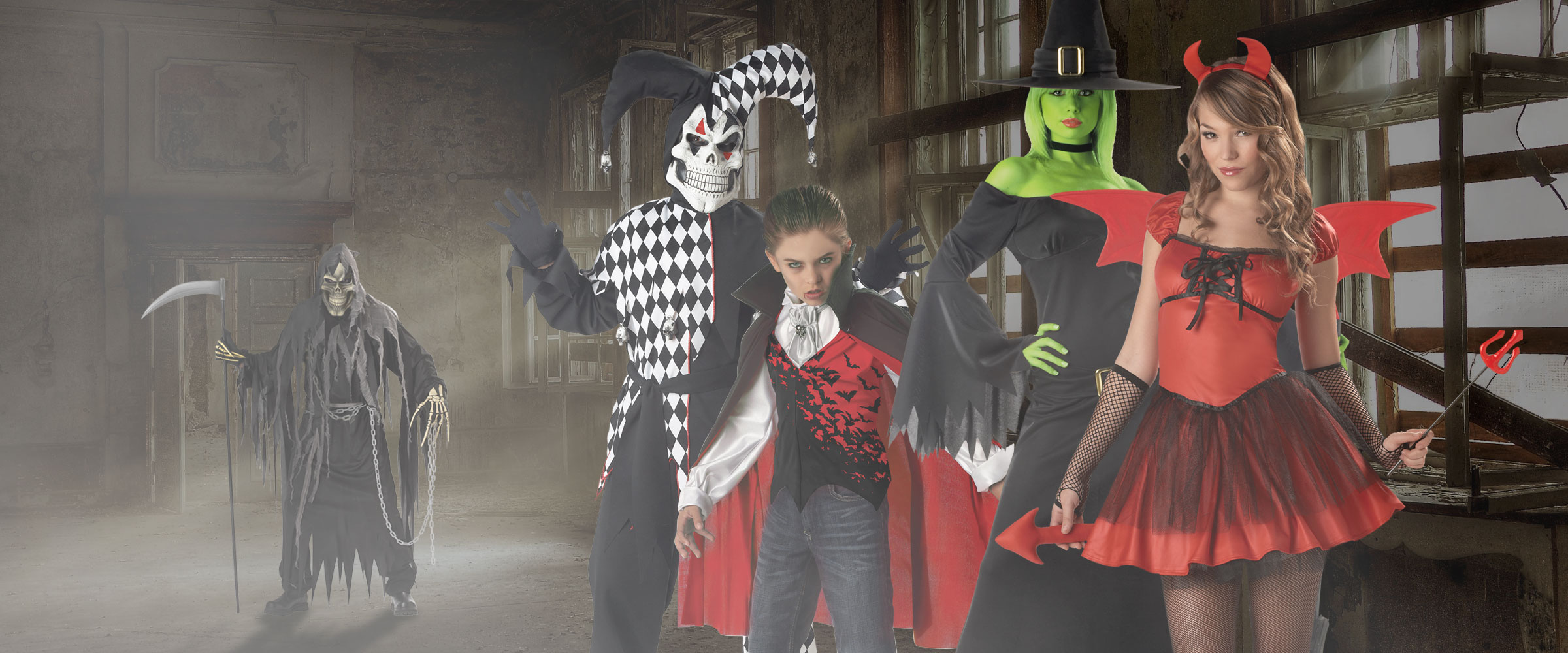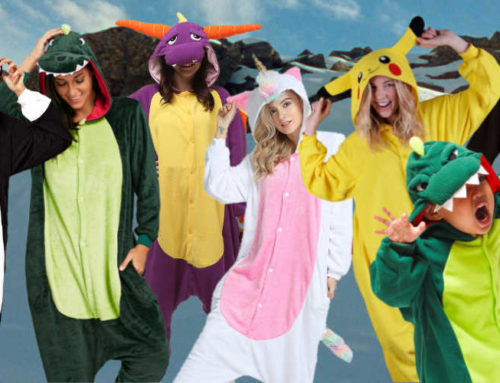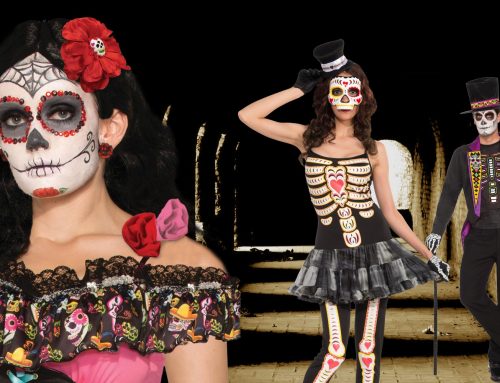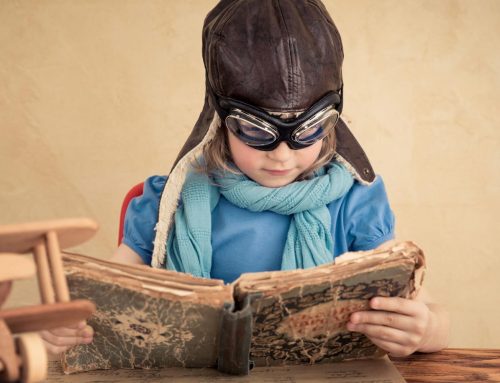Today more than ever Halloween is seen as a celebration of family and community, an opportunity to join together in a fun way with costumes and masks. Children will visit neighbours to “Trick or Treat” in the hope they might get some sweet treats, families decorate their homes in preparation of the night and will often throw a Halloween Party for friends and neighbours.
Halloween, previously know as All Hallows’ Eve or All Saints’ Eve dates back to the Celts, who lived 2,000 years ago in the area that is now Ireland, the United Kingdom, and northern France. A celebration of the New Year on November 1 marked the end of summer and the harvest and the beginning of the cold winter, a time of year that was a struggle against the freezing temperatures and associated with death. Celts believed that on the night before the New Year, the boundary between the worlds of the living and the dead became blurred. On the night of October 31, they celebrated ‘Samhain’, when it was believed that the ghosts of the dead returned to earth. It was thought that the presence of the spirits made it easier for the Druids, or Celtic priests, to make predictions about the future. For a people entirely dependent on the volatile natural world, these prophecies were an important source of comfort during the long, dark winter.
Eventually the celebration of Samhain evolved combining the Roman festivals of Feralia and the honouring of the Roman goddess Pomona. By the 800s the influence of Christianity had spread into Celtic lands and Pope Boniface IV designated November 1 All Saints’ Day to honour saints and martyrs. The celebration was also called All-hallows or All-hallowmas (from Middle English Alholowmesse meaning All Saints’ Day) and the night before it, the night of Samhain, began to be called All-hallows Eve and, eventually, Halloween. Even later, in A.D. 1000, the church would make November 2 All Souls’ Day, a day to honour the dead. It was celebrated similarly to Samhain, with big bonfires, parades, and dressing up in costumes as saints, angels, and devils. Together, the three celebrations, the Eve of All Saints’, All Saints’, and All Souls’, were called Hallowmas.
On Halloween, when it was believed that ghosts came back to the earthly world, people thought that they would encounter ghosts if they left their homes. To avoid being recognised by these ghosts, people would wear masks when they left their homes after dark so that the ghosts would mistake them for fellow spirits.
As European immigrants moved to various parts of the world, they took their varied Halloween customs with them. Because of the rigid Protestant belief systems that characterised early New England, celebration of Halloween in colonial times was extremely limited there and was much more common in southern colonies. As the beliefs and customs of different European ethnic groups, as well as the American Indians, meshed, a new version of Halloween began to emerge. The first celebrations included “play parties,” public events held to celebrate the harvest. Colonial Halloween festivities also featured the telling of ghost stories and mischief-making of all kinds. By the middle of the nineteenth century, annual autumn festivities were common, but Halloween was not yet celebrated everywhere.
In the second half of the nineteenth century, America was flooded with new immigrants. These new immigrants, especially the millions of Irish fleeing Ireland’s potato famine of 1846, helped to popularise the celebration of Halloween nationally. In the late 1800s, there was a move in America to mould Halloween into a holiday more about community and neighbourly get-togethers, than about ghostly spirits and pranks.
By the 1920s and 1930s, Halloween had become a secular, but community-centered holiday, with parades and town-wide parties as the featured entertainment. Between 1920 and 1950, taking from Irish and English traditions the centuries-old practice of trick-or-treating was also revived. Trick-or-treating was a relatively inexpensive way for an entire community to share the Halloween celebration. In theory, families could also prevent tricks being played on them by providing the neighbourhood children with small treats. A new tradition was born, and it has continued to grow. Today, Americans spend an estimated $6.9 billion annually on Halloween, making it the country’s second largest commercial holiday.
Halloween has always been a holiday filled with mystery, magic and superstition. It began as a Celtic end-of-summer festival during which people felt especially close to deceased relatives and friends. For these friendly spirits, they set places at the dinner table, left treats on doorsteps and along the side of the road and lit candles to help loved ones find their way back from the spirit world. Today Halloween is a celebration of community and enjoyed by all.



